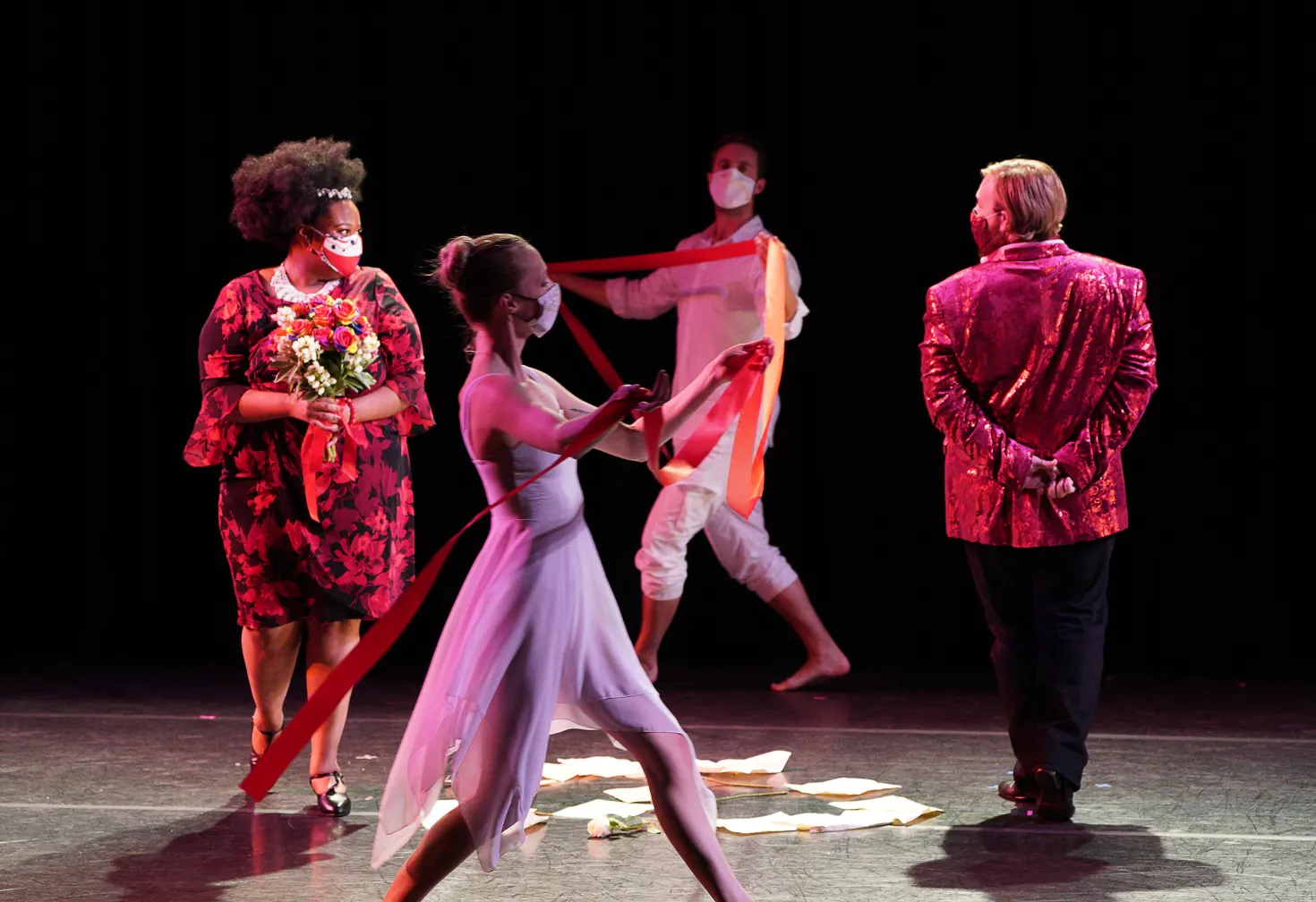He was very well known in his time and then, after his death, gradually forgotten. This was partially due to a change in musical tastes, largely affected by the aftermath of the French Revolution. But unquestionably, racial prejudice played an important role in the long-term fate of his works.
One contemporary critic (may he remain anonymous) serves as an onerous example of that bigotry: “It’s as if nature served the mulatto in a particular fashion, lending them a marvelous aptitude to exercise all arts of imitation, while at the same time having seemingly refused them that certain élan of sentiment and of genius which, alone, creates new ideas and original conceptions.”
“All arts of imitation”!!! This last assertion anticipates and resembles Wagner’s remarks concerning the alleged innate inferiority of Jewish artists: “since Jewish art is superfluous, it can express nothing but the trivial and indifferent. Jews…cannot learn how to create art, only how to mimic it” (from The Jewishness in Music [Das Judenthum in der Musik]).
Saint-Georges was celebrated in his time as a Renaissance man. He first became famous as a prodigious fencing champion (already as a teenager) and later, a master He was an overall sportsman. He was a military officer (commander of the Black Legion, also known as St. George Legion). Thomas-Alexandre Dumas, father and grandfather of the two renowned 19th-century authors, served directly under him. He was a virtuoso violinist (pushing the boundaries of the instrument at the time), the music director and conductor of a leading Parisian symphony orchestra, and a composer. He was well respected, apparently well liked and, in his 53 years, globally successful. His published output includes 14 violin concerti, eight sinfonie concertante, a clarinet and a bassoon concerto, two symphonies, six string quartets, twelve other quartets concertans (his term) and various songs and chamber music. Some of this is lost.
As for his six operas, only The Anonymous Lover and one aria from his first opera, Ernestine, have survived.
Of course, he was the target of cabals and intrigue too, as evidenced when he was appointed music director of the Opéra until an official complaint delivered to Queen Marie Antoinette prevented it. At one point, he was imprisoned for 18 months after the Revolution, seemingly as political retribution, held on (apparently unfounded) accusations of corruption.
In all of this, his life resembles in many respects that of one of his great contemporaries: Pierre Augustin Caron de Beaumarchais. Both men’s varied careers bestrode the Ancien Régime and post-Revolution France. They both were considered subversive to some, but too cozy with the aristocracy to others. Beaumarchais was a great supporter of the American Revolution, and certain of his writings, The Marriage of Figaro in particular, have been seen as contributing to the spirit of the French Revolution. Saint-Georges was sympathetic to the same aspirations of revolution in France, as well as for his compatriots suffering as slaves in the Caribbean islands of his birth. To differing degrees, they both had to rehabilitate their images after years of royal patronage, which included Kings Louis XV and XVI and, most importantly, Queen Marie Antoinette.
Much of his life is not well documented, but we know that he had direct contact with Mozart, and there is a most intriguing episode with the man whose name his own was to become associated. Saint-Georges has been referred to as the “Black Mozart.” This practice has persisted to this day and should be terminated decisively and definitively. It is not only racist in origin but historically inaccurate. Saint-Georges was born 11 years before Mozart and, if anything, is more likely to have influenced the younger composer than the reverse. Although Mozart is in a class by himself, in terms of their prodigious talents, their own natural grace and elegance, and that of their music, the comparison is more apt. (In some circles in France, he is referred to as the “French Pushkin.”)
